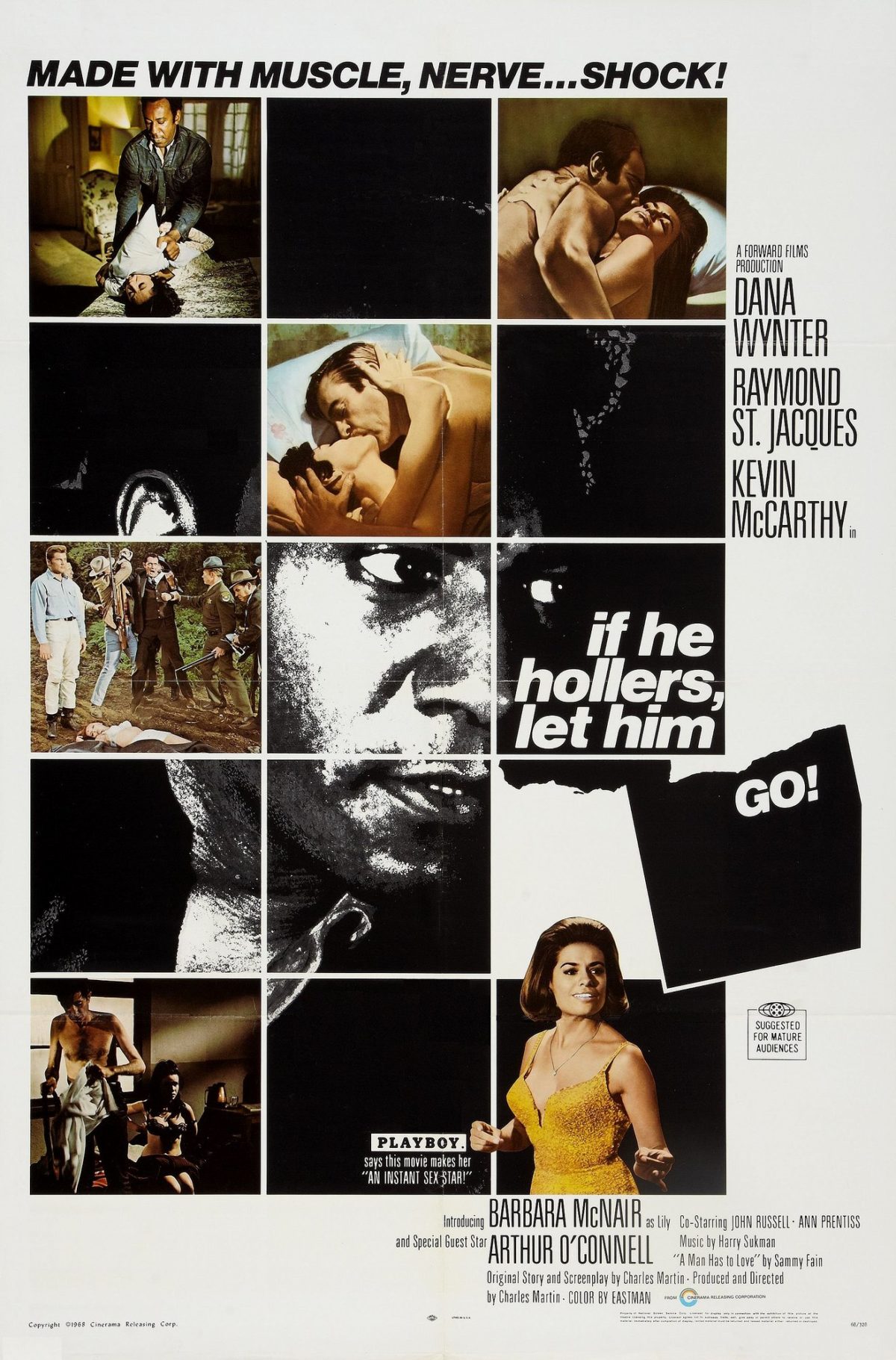While reading the Noir genre, we are also exploring the intersection of race, class, and gender. In the novels we have read this semester, these three groups can be seen as somewhat conflicting in terms of which takes precedence in the hierarchy of power. In If He Hollers, Let Him Go, the character of Bob feels that gender is “ranked” first on this hierarchy, as he is a man and should have power over women; however, he is reminded by the racial hierarchy that he is not a man and rather race is indicative of how he is treated and his place in society. In The Expendable Man, readers can see the role of class taking precedence as the main indicator of how people are treated in society. While the character of Dr. Hugh Denismore may seem that he has the ability to avoid many of the harsh realities of racism, his class can also be seen as drawing attention to his race, further reinforcing the importance of a person’s race in society.
Hugh Densmore is a doctor and comes from a wealthy family. He drives a white Cadillac and is interning at UCLA Med Center. This higher economic status allows for Hugh to be treated differently by society, but also impacts his view of the world, especially that of the lower class. In comparison to other protagonists like Bob, who is not as wealthy, Hugh is able to navigate the world with more privilege than Bob, as provided by his class. Even in his current situation as a possible suspect in the death of Iris, Hugh’s family and personal connections allow him to somewhat navigate this situation with less anxiety than a character like Bob: “You [Hugh] needn’t worry. He [Judge Hamilton] knows everyone in law worth knowing. He’ll find us the right man” (99). In addition, Hugh’s life or privilege has allowed him to avoid many instances which could have led him to experience the same type of racism that was experienced by Bob. For example, Hugh explained to Marshal Hackaberry that he had never been in a police station before, and when he did get a ticket, he would pay for them through the Auto Club, allowing him to avoid interactions with the police and possible racism: “…But I always pay through the Auto Club.’ And realized at once that he’d done it an again. Not for using the service but by taking for granted the use” (93). Hugh is very much aware of the privilege that his class provides him, but at the same time, is also aware of the racial hierarchy, and how in combination with his wealth this could also draw attention to him.
In the novel, Hugh’s car, a white Cadillac, can be seen as an indicator of his class. It is referenced multiple times throughout the book and can be seen as drawing further attention to Hugh and can possibly be seen as connecting him to Iris. When attempting to put together the pieces of Iris’ murder, Hugh seems to be somewhat under the impression that the married man who possibly murdered Iris identified Hugh by his car when framing him for the crime: “It’s the car,’ he reiterated. ‘He waited for the car. The timing isn’t coincidental” (140). As race and class are very intertwined, and during this time people of color were often of lower socioeconomic status due to generational wealth inequality, the fact that Hugh went against this stereotype, was a doctor and had the status symbol of his white Cadillac, could be seen as putting a target on his back. While class does play a very important role in this book, race is still central and the most important indicator in the hierarchy of power.
